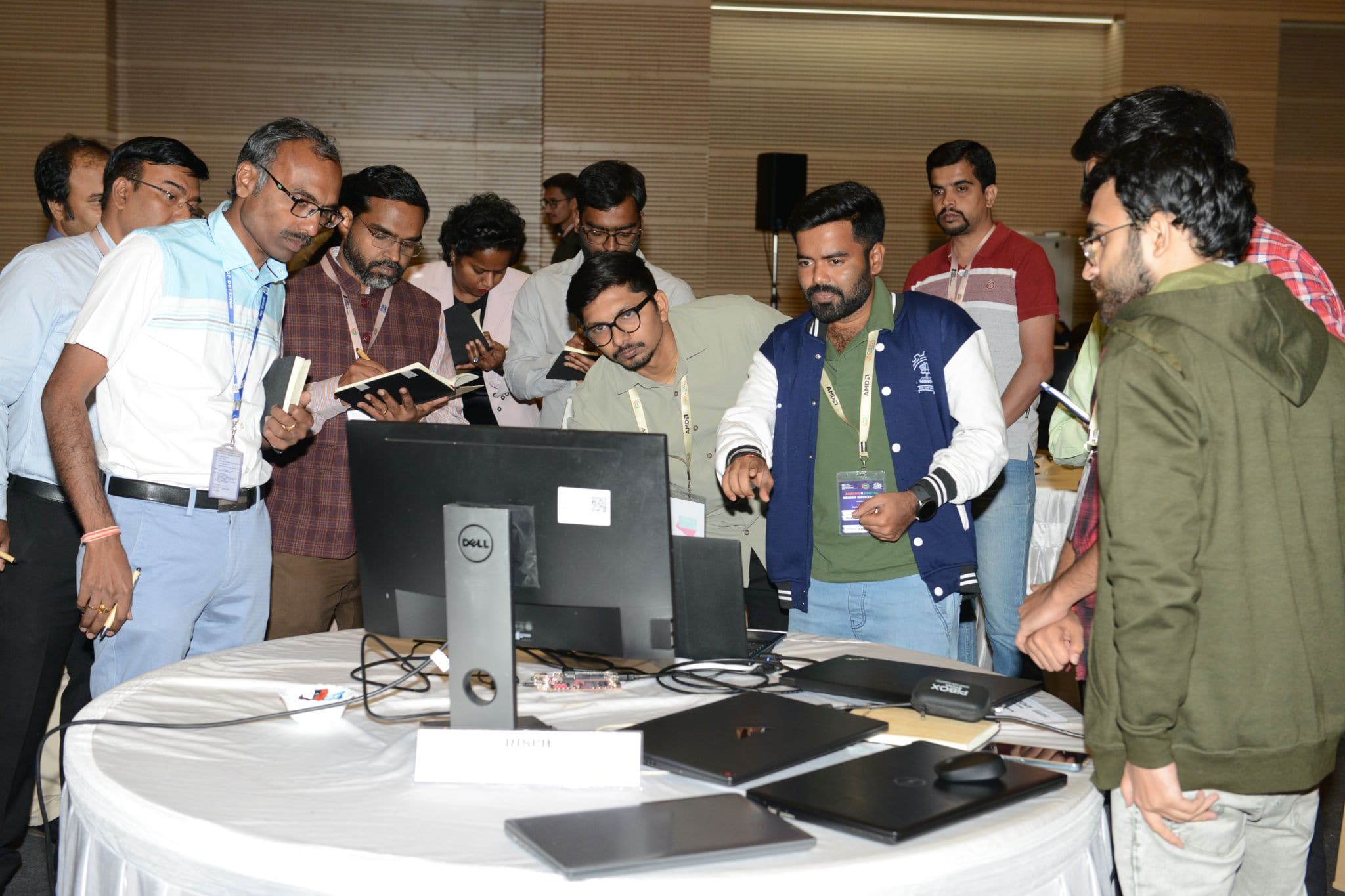A great idea can spark change. It can shape an entire generation if given the right support. But an idea on its own isn’t enough. It needs to grow. It needs people who challenge it, test it, improve it, and eventually help turn it into something useful for the world.
That’s where centers for research, innovation & entrepreneurship come in. These are places where students, researchers, and early-stage entrepreneurs get the help they need to move from “idea” to “impact.” Let’s take a closer look at how these centers make that happen
1. Mentoring
One of the biggest benefits of being part of an innovation center is access to experienced mentors. These are people who’ve done it before—startup founders, researchers, industry experts. They know what works, what doesn’t, and where the common pitfalls are.
Participants often get one-on-one sessions where they can ask questions, share updates, or just talk through ideas. There are also workshops and panels where mentors speak about their own journeys. For example, someone working on a healthcare app might get weekly feedback from a medtech entrepreneur or a legal advisor who knows the healthcare space inside out.
Having someone to guide you makes a big difference. You’re not just guessing. You’re learning from someone who’s been through the process.
2. Working with the latest tech
Turning ideas into real solutions needs more than creativity—it needs tools and space to build and test. Innovation centers offer that. They provide modern labs filled with advanced technology like AI systems, 3D printers, IoT devices, robotics kits, and more.
These tools help innovators move quickly from concept to prototype. For example, someone working on a smart prosthetic limb can use 3D printing to design and test the model in the lab. Instead of waiting weeks or outsourcing development, the project can take shape right on-site.
These labs don’t just support product development—they also help build technical skills. Many centers run short training programs or workshops alongside the labs. These sessions help people understand how to use tools such as microcontrollers, AI platforms, or sensor kits. Even those with no prior experience can start working with real hardware and software.
The goal is to make innovation easier and more hands-on. Whether someone wants to explore blockchain for a fintech idea or test an embedded system for a wearable device, the right tools and guidance are available.
3. Building together
Innovation centers bring together people working on different ideas, creating a space where collaboration happens naturally. Founders, researchers, and early-stage teams often exchange advice, share experiences, and support one another. This shared environment builds a strong sense of community.
These centers also connect innovators with corporate partners, investors, and research institutions. Such networks open doors to funding, joint development projects, internships, and expert feedback. These relationships can play a key role in helping new ventures grow and succeed.
Regular events—like pitch competitions, innovation fairs, and demo days—offer visibility. New ideas and products gain exposure to potential backers, industry leaders, and wider audiences. In many cases, projects developed in smaller towns or lesser-known institutions get a platform to shine on national or global stages.
Collaboration goes beyond technical input. It often leads to long-term partnerships, shared ventures, or expanded reach. Innovation grows faster when ideas are tested in the open, challenged by peers, and supported by a strong network.
Innovation centers make that kind of ecosystem possible—where ideas don’t stay hidden, and creators don’t build alone.
4. Funding
Every great idea needs financial support to grow. Innovation centers help early-stage ventures connect with the right sources of funding. This includes access to seed grants, government schemes, angel investors, and venture capital networks.
These centers often guide innovators through the funding process—helping with pitch decks, business plans, and financial models. Many also organize pitch events and demo days, where selected projects get the chance to present their work to potential investors.
In some cases, centers offer direct funding support through innovation grants or prototyping funds. This early capital can cover essential costs like product development, testing, or pilot launches.
Access to funding not only helps bring a product to life but also builds credibility. A backed idea gains momentum, attracts more partners, and moves forward faster. Innovation centers act as a bridge between bright ideas and the financial support needed to scale them.
En Wadhwani Innovation & Research, we support new research in fast-growing fields such as AI, Biotechnology, Healthtech, and Quantum Computing. We help bring powerful ideas out of labs and into the world as useful products, services, and startups. At the core of our work is the Wadhwani Innovation Network (WIN). WIN connects top colleges such as IITs, IISc, and C-CAMP to support academic research and turn it into real solutions. WIN gives funding, mentorship, and access to labs so students and researchers can work on big ideas in areas like AI, Semiconductors, Bioengineering, Healthtech, Biotechnology, and more. Started in 2001, Wadhwani Electronic Labs (WEL) helps students at IIT Bombay build electronic projects with real-world impact. Over 20,000 students have learned and built things here. The lab has shared its tools and content with over 400 colleges across India, helping thousands of teachers and students. Wadhwani Institute for Artificial Intelligence uses AI to help people in developing countries. It works with governments and global nonprofits to solve big challenges in areas like healthcare, agriculture, and education.




